The Six Cultural Areas Of Canada

The culture of Canada covers the arts, culinary, literature, and the socio-economic elements that represent the people of Canada and the identity if the country. Canada is divided into six Indigenous social areas based on the geographic regions with tribes from the same region sharing a great number of cultural affinities. These cultural areas of Canada include:
6. Northwest Coast
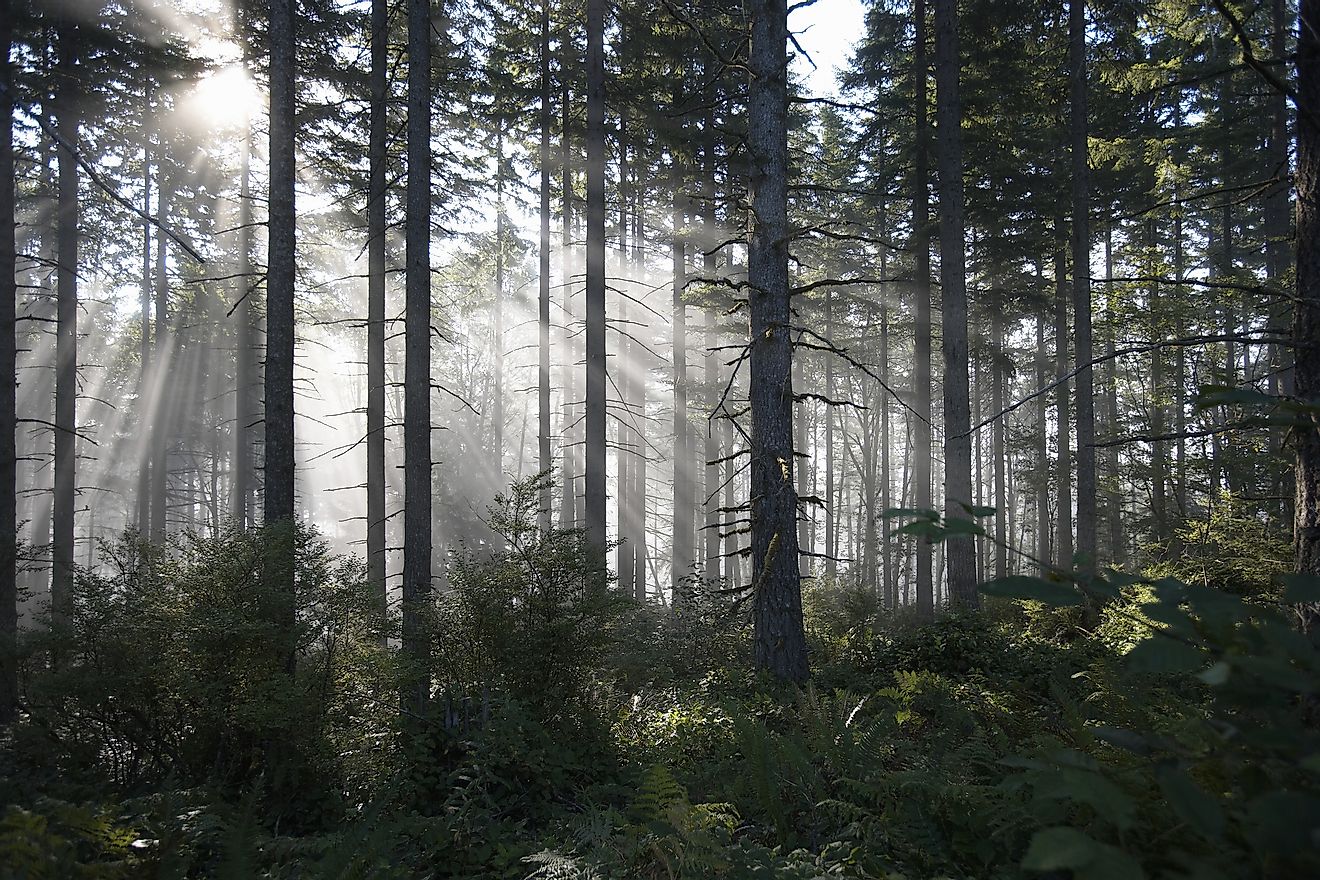
The Northwest Coast cultural area was the most delimited cultural area of the native North America. The traditional economies of the Northwest Coast depended on the aquatic resources. The people of the Northwest Coast spoke some North American Native languages including Penutian, Tsimshianic, and Wakashan. The people of Northwest Coast were mainly hunters and gatherers. Simple technologies and tools characterize fishing and gathering cultures. The technology of the Northwest Coast cultural areas was influenced by woodwork which was facilitated by abundant worked species of trees.
5. Northwest Plateau
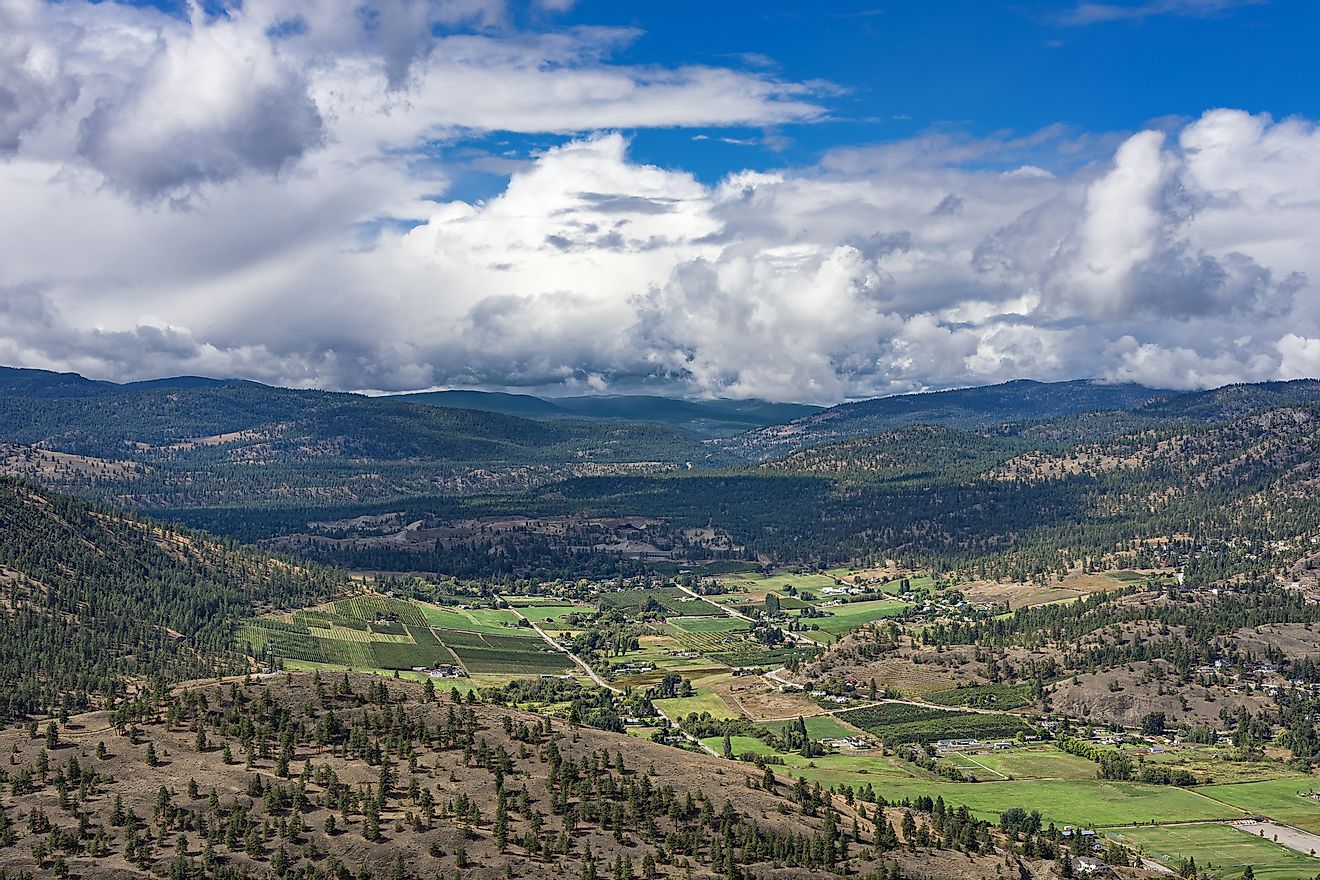
Northwest Plateau cultural area consists of high plateaus between the British Columbus coastal mountains and the Rocky Mountains. It comprises of grassland and subarctic forest. The traditional family represented in the plateau includes the Salishan languages. The abundant natural resources of the plateau were the major stimulus that attracted the non-local people to the areas. Fur trading was a major economic activity that accelerated the growth of the area. Gold was also a major commodity in Northwest Plateau cultural area. Culture and tradition were passed on orally without any records written on the same. The people on the plateau were mainly hunters who relied on trapping to acquire food.
4. Plains
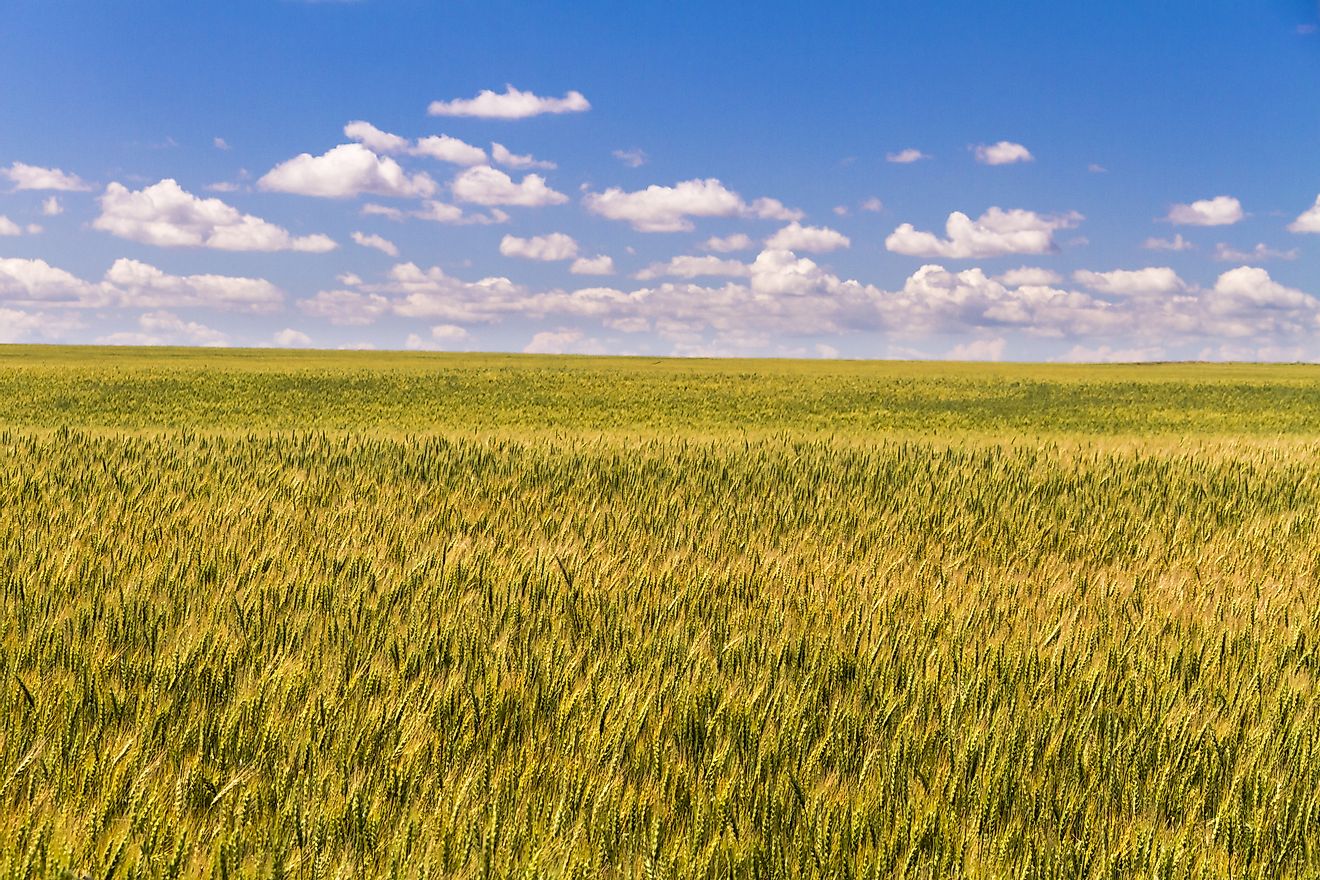
The plains cultural area is made up of continental climate characterized by hot and dry summers and freezing winter. Rivers cut across the plain providing water to the area. The growth of trees in the area is restricted to the valleys. The culture of plains cultural area was based on the immense herds of buffalos that roamed the grassland. The major language spoken in the plains belonged to the Blackfoot, Plain Cree, and Ojibwa. The intermarriage between the locals and the European settlers led to the rise of the Metis. The traditional inhabitants of the plains relied on seasonal fruits and vegetables including nuts, berries, and corns.
3. Eastern Woodlands (Northeast)
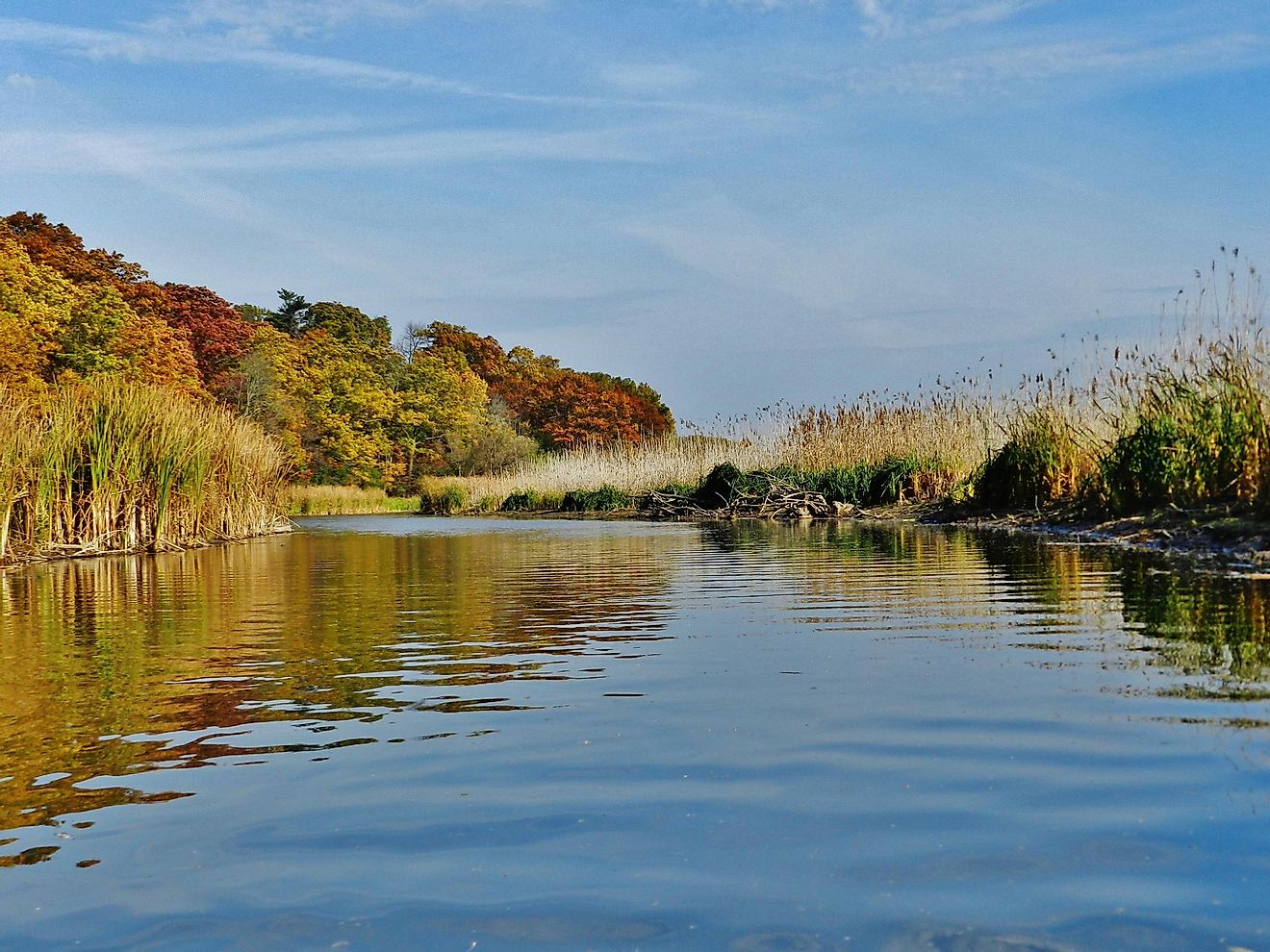
Eastern Woodlands people belonged to the Iroquoian and Algonquian language families who have no relationship of any kind. The Eastern Woodland covers the south of Ontario and the Coastal Atlantic Provinces of Canada. The climate and fertile soil allowed for the growing of corn and beans in the area. The Iroquoian people relied on corns, beans, and squash which they referred to as “Three Sisters.” Other economic activities such as fishing, hunting, and gathering also supplemented the domestic crops.
2. Subarctic
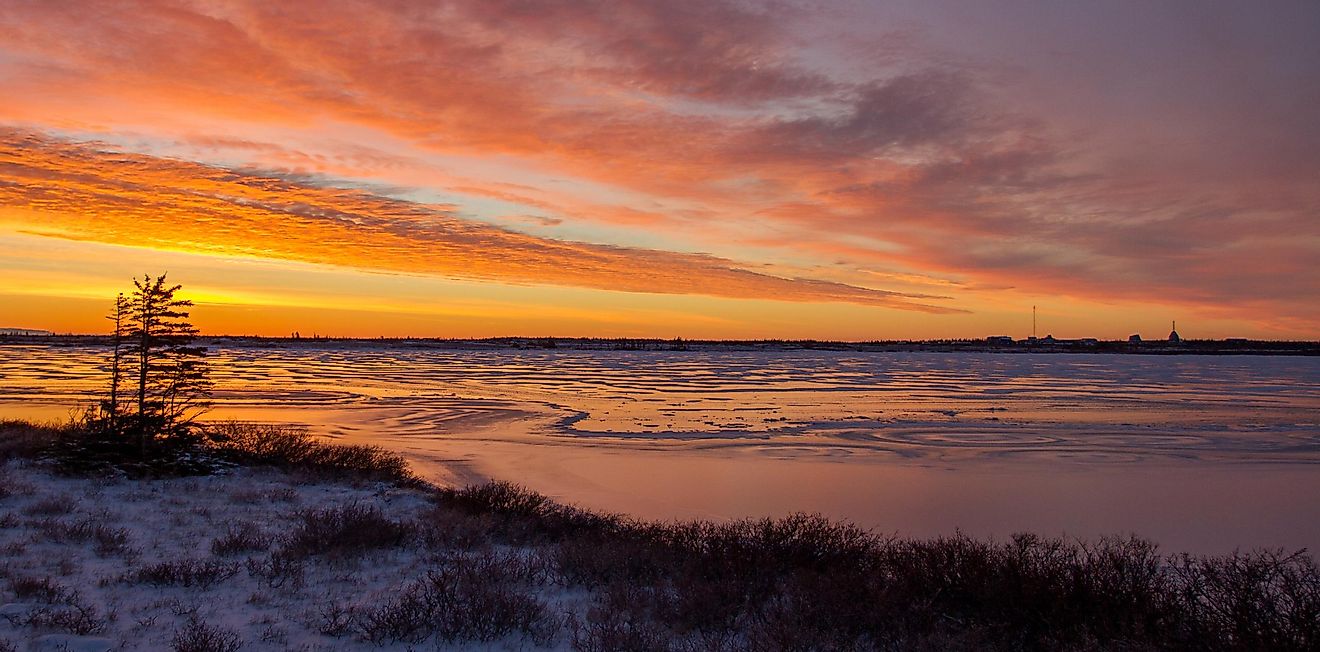
Subarctic culture area consists of a large zone of boreal forest which extends from tundra south to the mountains. Subarctic culture area does not have a defined boundary with the area referred to in more general term. The people of Subarctic culture area depended on animals such as Dall sheep and black bear. The people of Subarctic culture area belong to Algic languages and Iroquoian languages. They practiced mainly hunting, gathering, and fishing as a means of survival. The people lived in communities of between 25 and 30 people with each group frequently moving within a defined territory.
1. Arctic

The Arctic people were the Inuit people who exclusively occupied Canadian Arctic for thousands of years. The Arctic cultural area is characterized by long daylight hours with moderate temperatures during the summer. Winters are relatively cold and long. The Inuit communities were made up of between 500 to 1,000 members with the regional band as the most important political unit. Regional bands congregated during winter months with people gathering around hunting camps. The economy of Arctic cultural area was based on sea-mammal hunting. Fishing and gathering were important seasonal activities in Arctic cultural area with the traditional technology based on local material
The Six Cultural Areas Of Canada
| Rank | Culture Area | Language |
|---|---|---|
| 1 | Arctic cultural area | Eskimo–Aleut languages |
| 2 | Subarctic culture area | Na-Dene languages – Algic languages |
| 3 | Eastern Woodlands (Northeast) cultural area | Algic languages and Iroquoian languages |
| 4 | Plains cultural area | Siouan–Catawban languages |
| 5 | Northwest Plateau cultural area | Salishan languages |
| 6 | Northwest Coast cultural area | Penutian languages, Tsimshianic languages and Wakashan languages |







